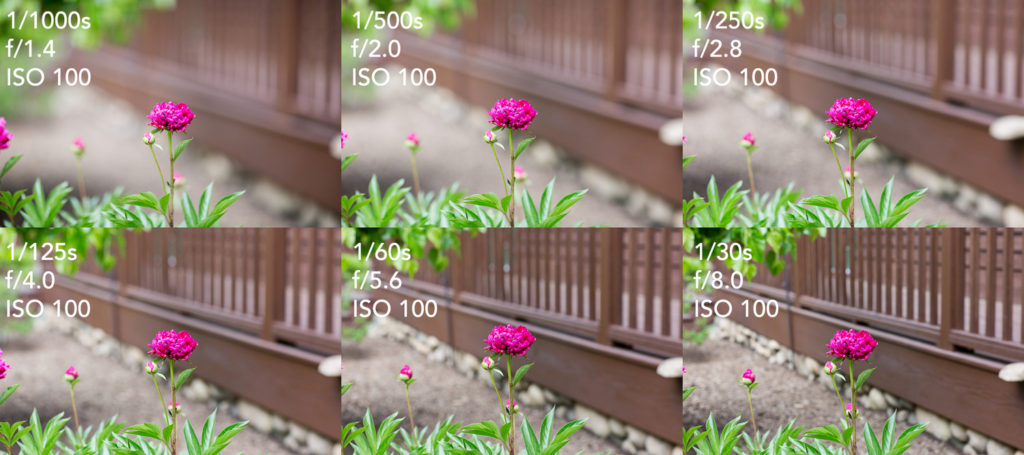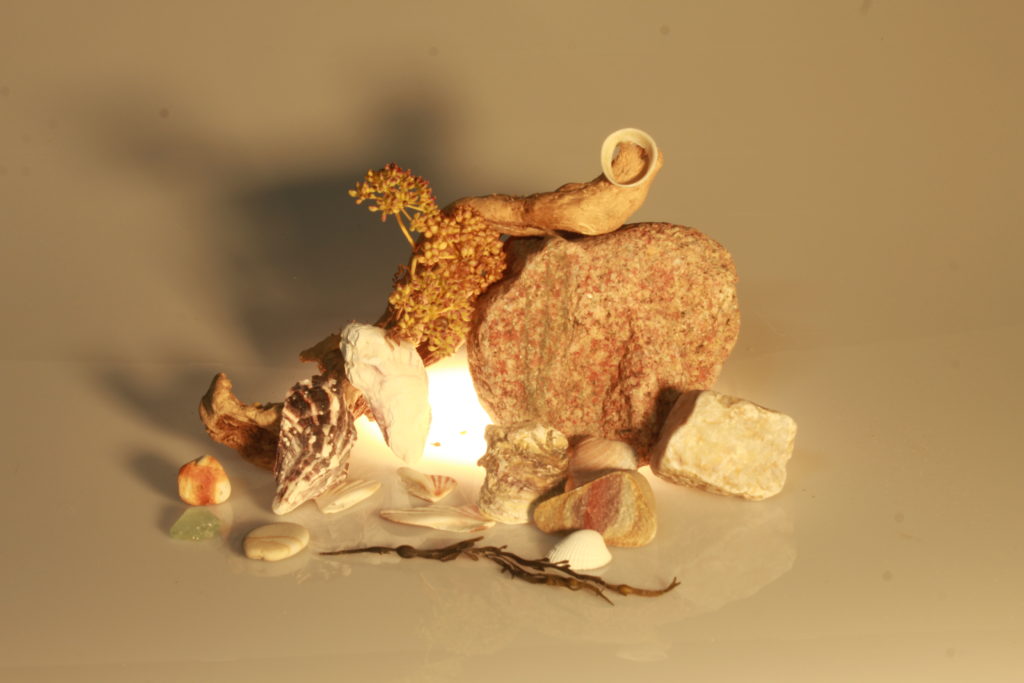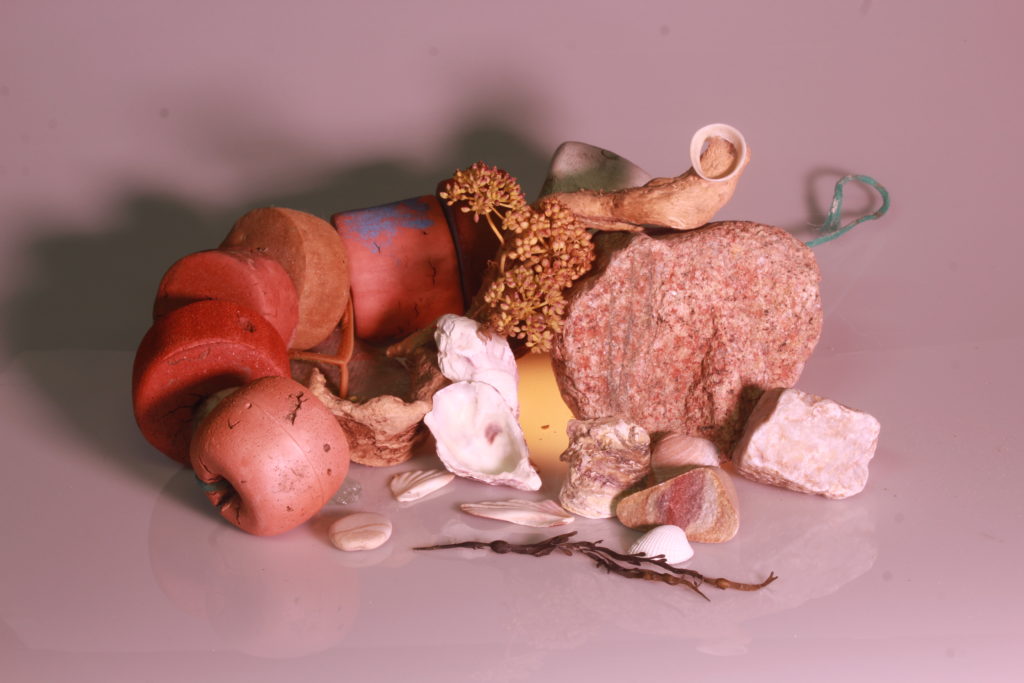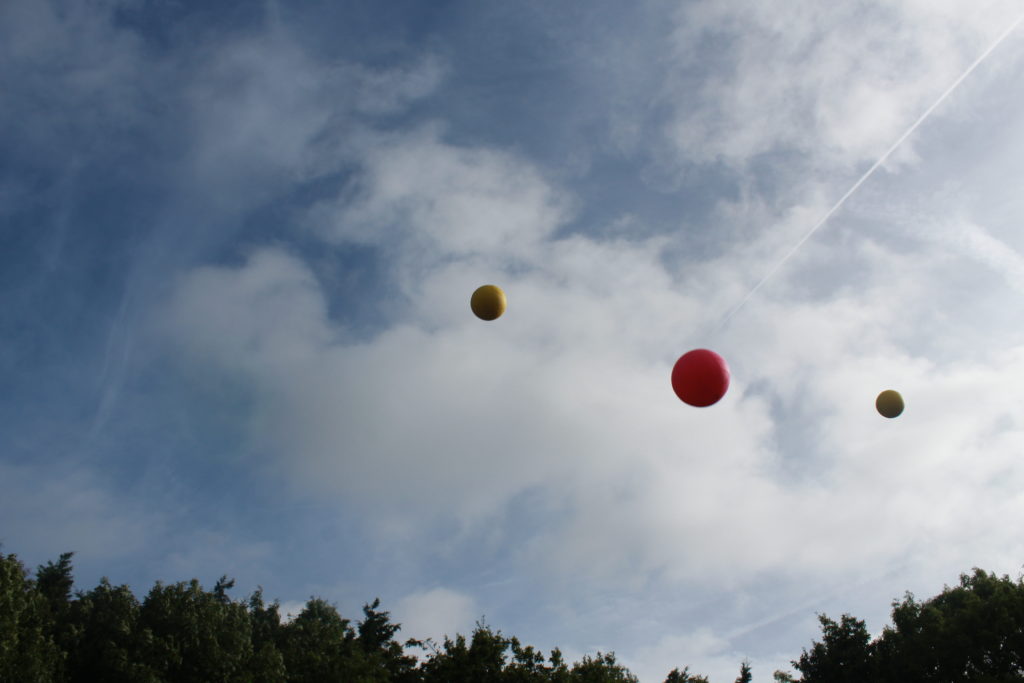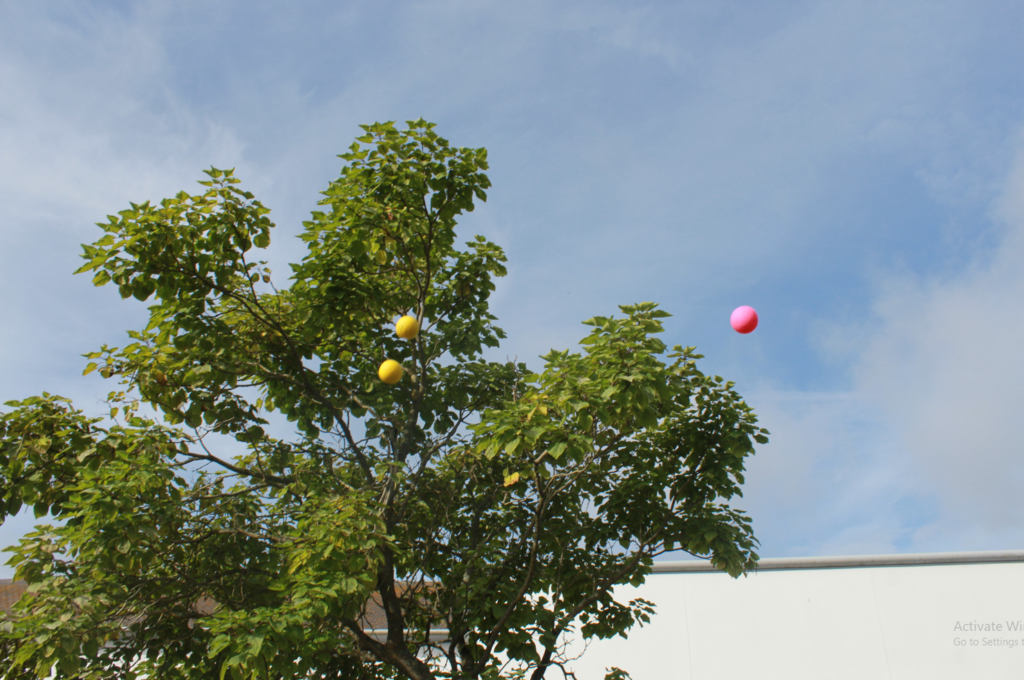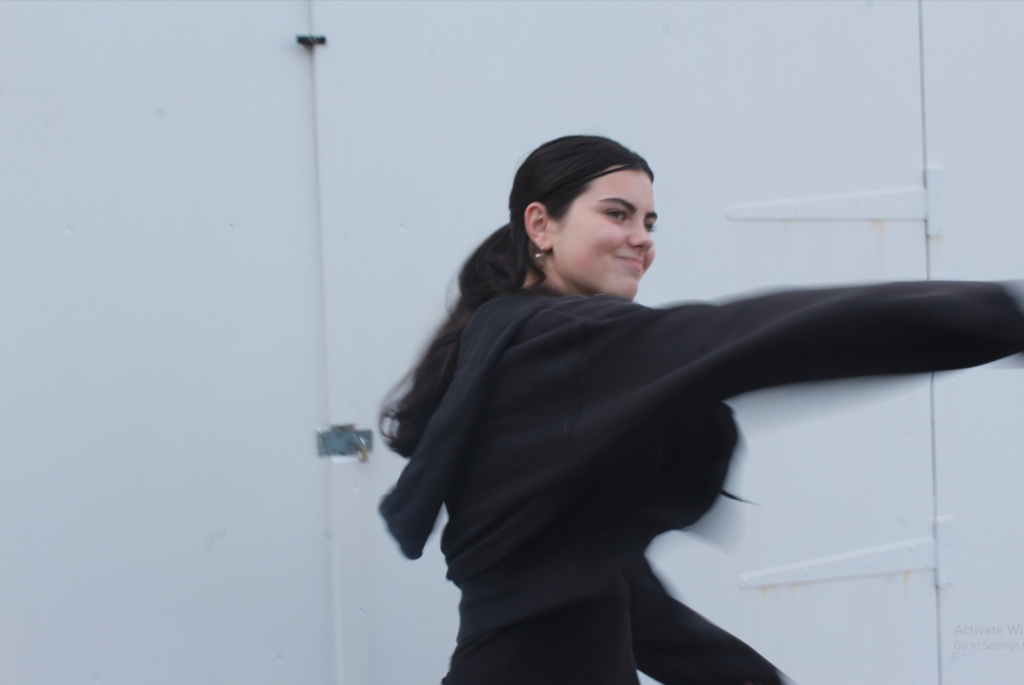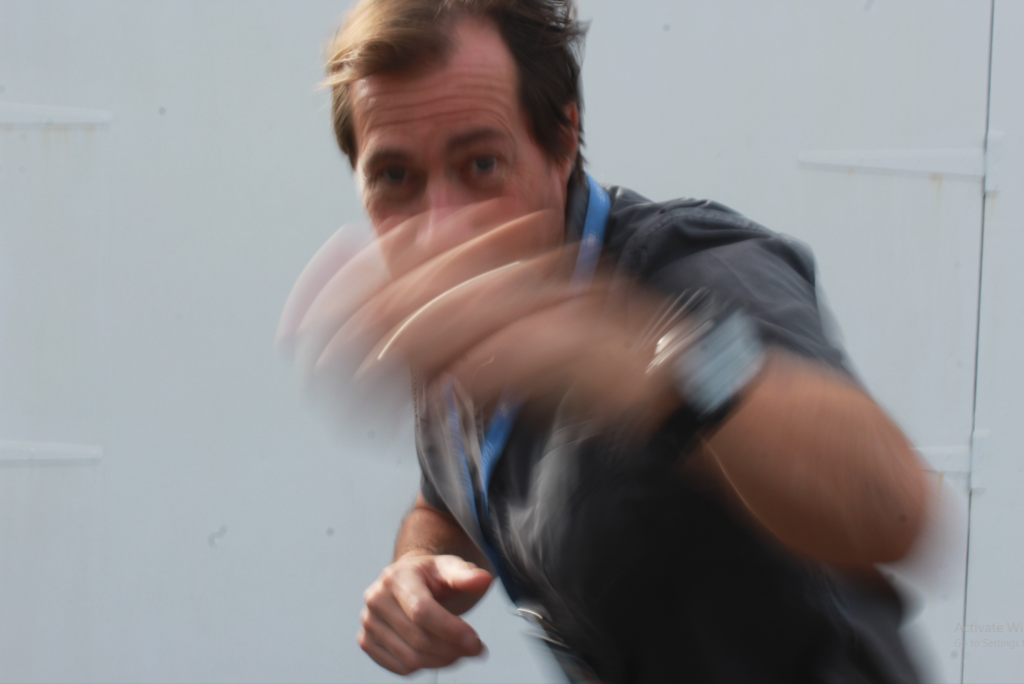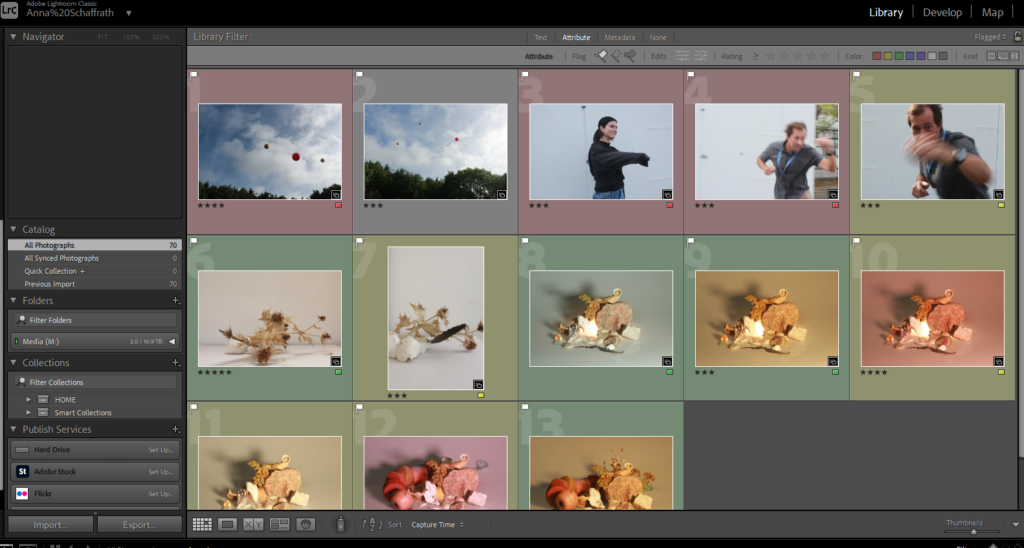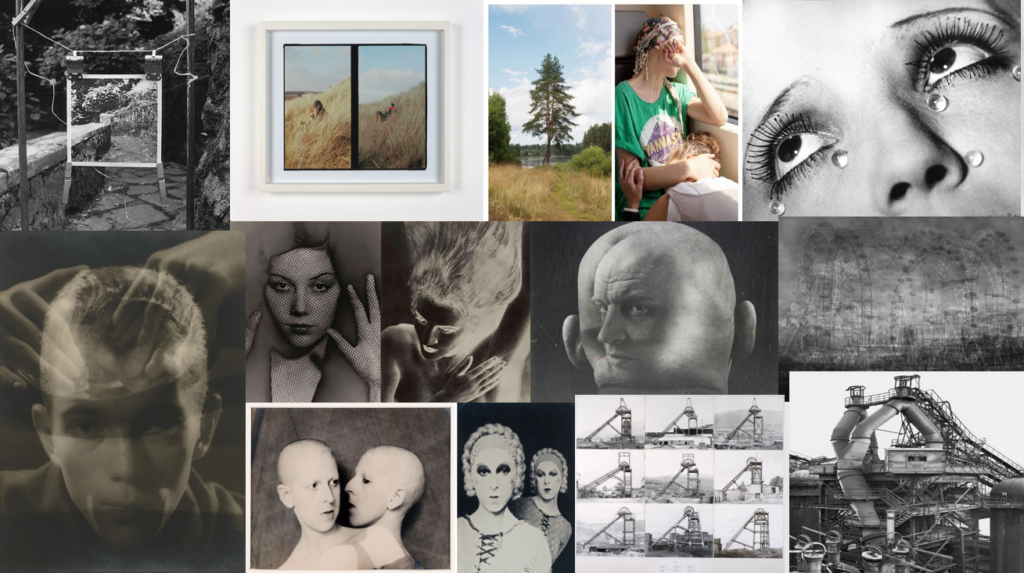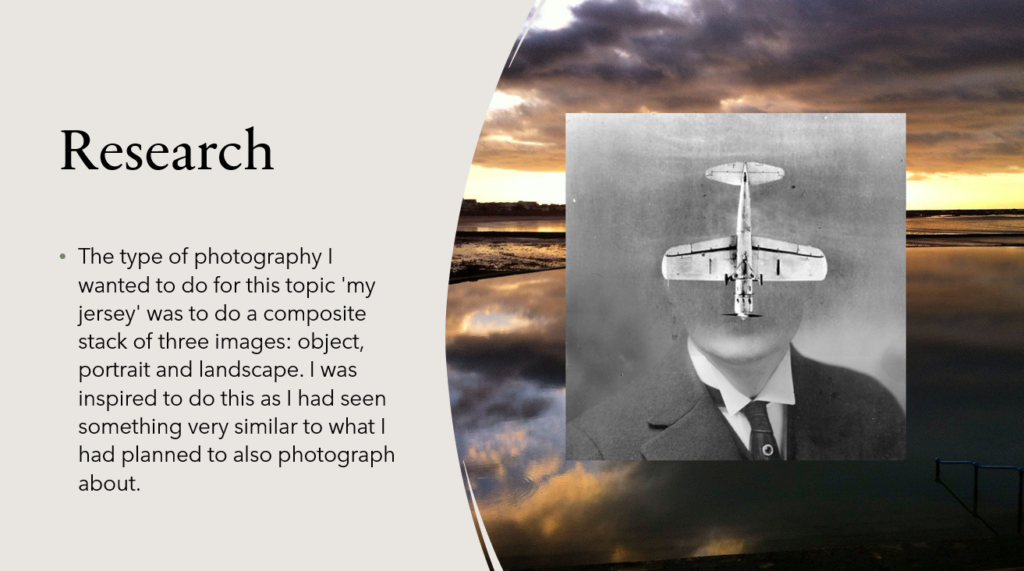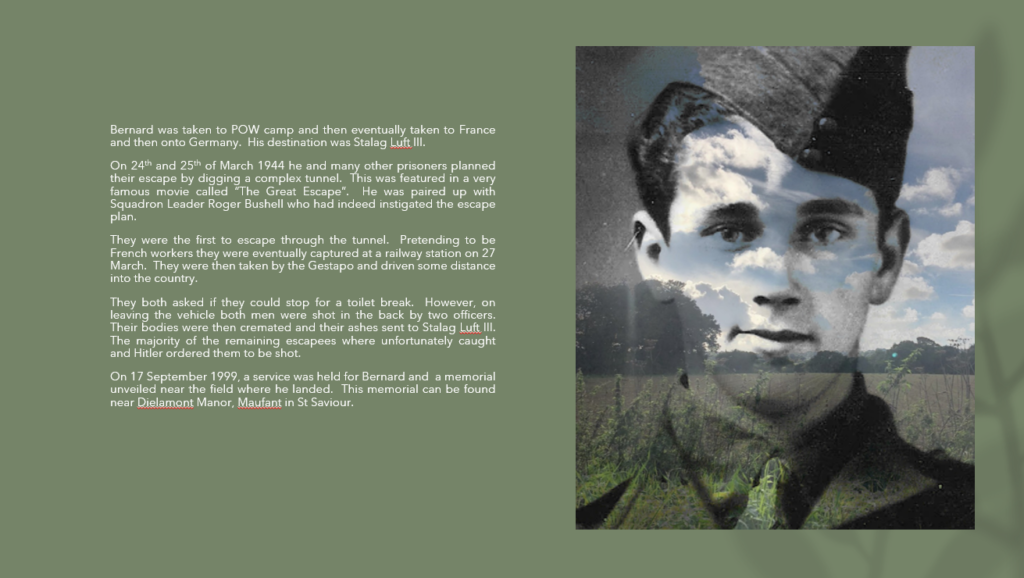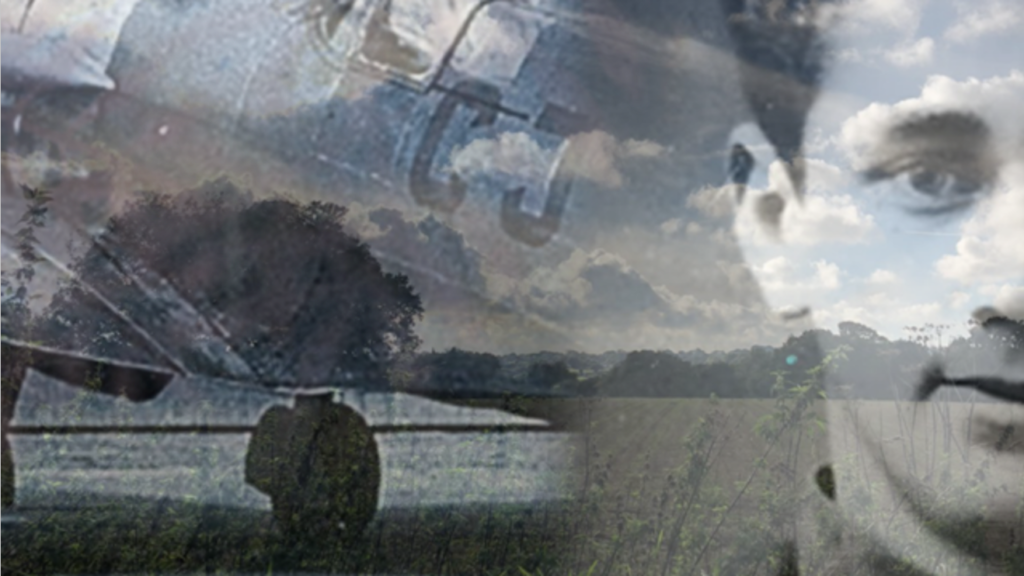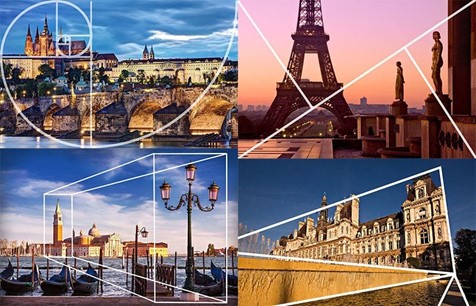Where did it all start and how?
Photography began in the late 1830s in France. Joseph Nicéphore Niépce used a portable camera obscura to expose a pewter plate coated with bitumen to light. This is the first recorded image that did not fade quickly.

The development of cameras:
At first, photography was either used as an aid in the work of an painter or followed the same principles the painters followed. The first publicly recognized portraits were usually portraits of one person, or family portraits. Finally, after decades of refinements and improvements, the mass use of cameras began in earnest with Eastman’s Kodak’s simple-but-relatively-reliable cameras. Kodak’s camera went on to the market in 1888 with the slogan “You press the button, we do the rest”.
In 1900 the Kodak Brownie was introduced, becoming the first commercial camera in the market available for middle-class buyers. The camera only took black and white shots, but still was very popular due to its efficiency and ease of use.

Coloured photography was explored throughout the 19th century, but it wasn’t till the 20th century when it became more commercially viable.
Alfred Stieglitz
https://www.metmuseum.org/toah/hd/stgp/hd_stgp.htm
Photography became a part of day-to-day life and an art movement. One of the people behind photography as art was Alfred Stieglitz, an American photographer and a promoter of modern art. Stieglitz said that photographers are artists, the first photography art movement whose primary task was to show that photography was not only about the subject of the picture but also the manipulation by the photographer that led to the subject being portrayed.
How do you define photography?
The word Photography literally means ‘drawing with light’, which derives from the Greek photo, meaning light and graph, meaning to draw. Photography is the process of recording an image a photograph on light sensitive film or, in the case of digital photography, via a digital electronic or magnetic memory.
Whats the purpose of photography?
Essentially, the purpose of photography is to communicate and document moments in time. When you take a photograph and share it with others, you’re showing a moment that was frozen through a picture. This moment can tell someone many things, from the environment to what people are doing.
Why is photography important today?
Photography is important because we can document something and have it forever. Photography lets us see something we may never have noticed otherwise. Photography is a way to express your ideas for others to see.
This photograph is important to the readers intention as it leaves them confused/ questioning whether Yves Klein (the photographer and person ‘leaping in the picture) actually jumped. he described it as jumping into a void, to give the mysterious affect on his audience and keep them engaged and curious. The background story of this picture is actually that Yves had his friends to hold a tarpaulin to catch him as he fell, the other the surrounding scene (without the tarp)–were then printed together to create a seamless “documentary” photograph. To complete the illusion that he was capable of flight, Klein distributed a fake broadsheet at Parisian newsstands commemorating the event.
Yves main aim/ reason to create this photograph was to draw as many peoples attention to it so his work would be more advertised and recognised.


